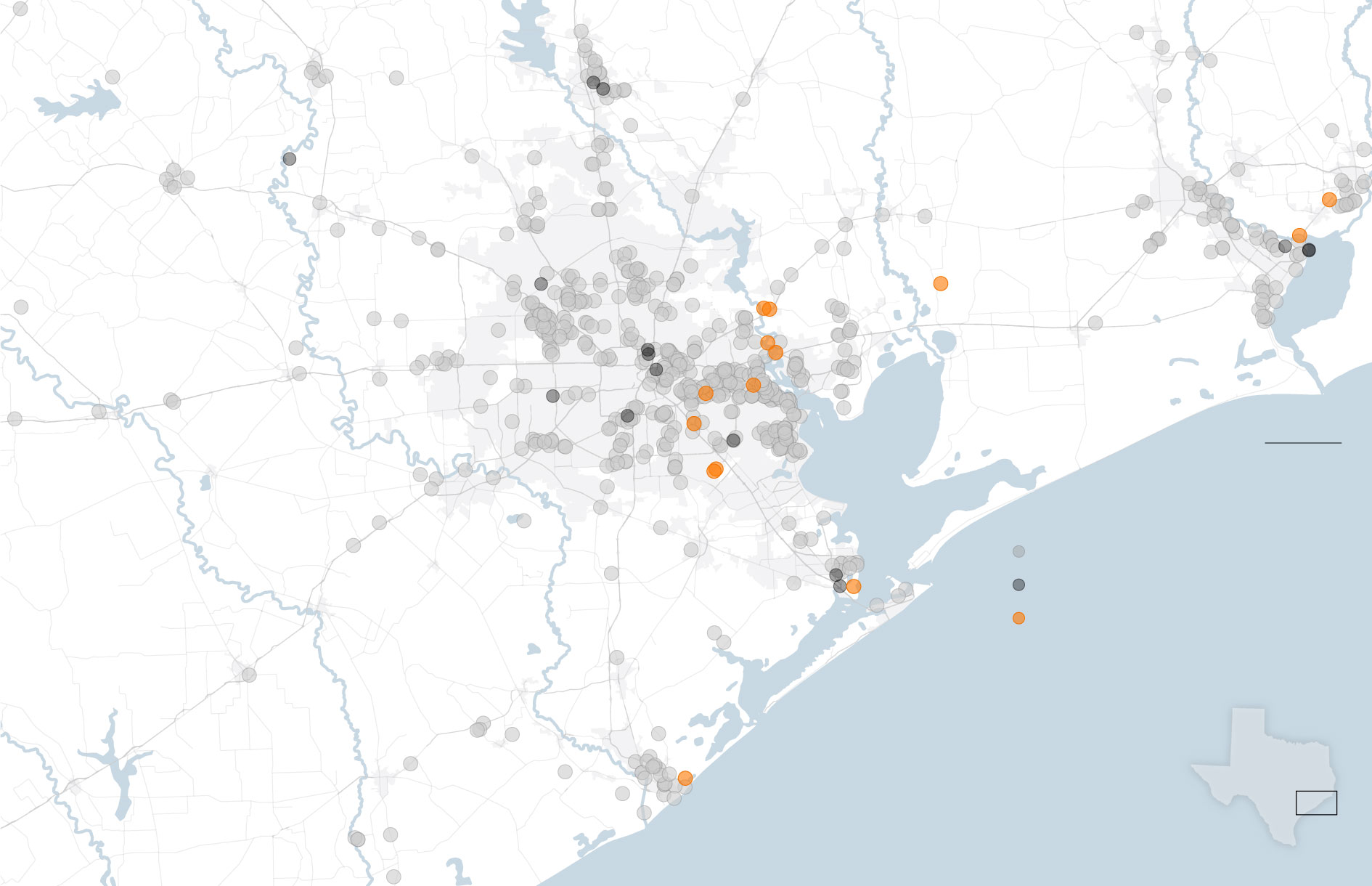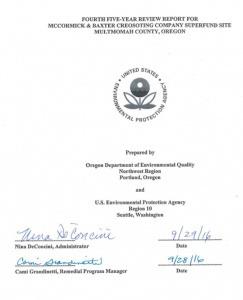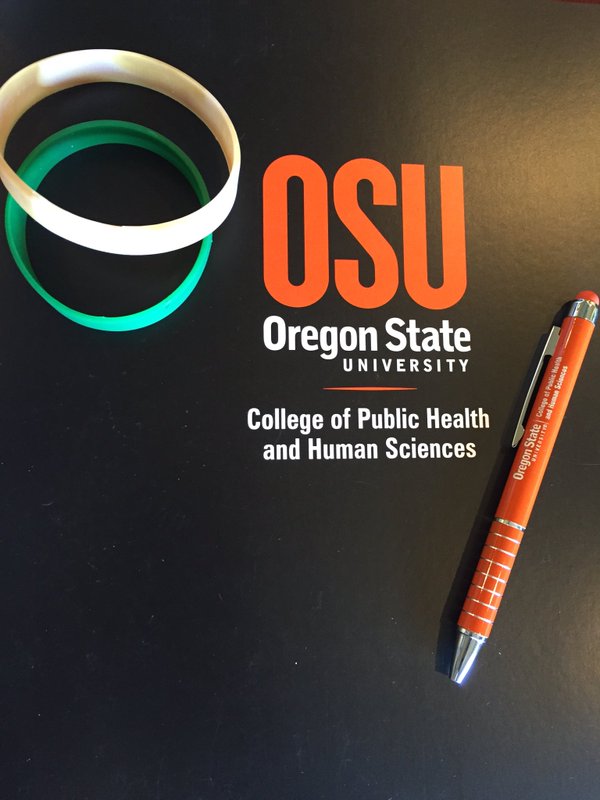In the beginning, before the “Two-Leggeds” walked the Earth, creator came and asked who would help take care of them. The first to come forward were the Salmon. The relationship between salmon and Native People in the Pacific Northwest goes back to the beginning of time. People take care of the land and the water so that the animals and the fish can live and remain healthy, and the animals and the fish then take care of the people by feeding them and providing nourishment. Have we come to a point where we have polluted the land so much that the fish are now polluting us?
- Home
- About Us
- News
- Resources
- Community Resources
- All About PAHs
- Infographics
- Videos
- Mercury, The Community, and Me
- Unsolved Mysteries of Human Health
- K - 12 Educational Materials
- Glossary of Project Terms
- Research Resources
- Zebrafish Model
- Passive Sampling Devices
- OSU Disaster IRB
- SRP Analytics Portal
- Multimedia approach to sampling and Health Risk Assessments
- Indigenous Risk Assessment
- Community Topics
- Our Research
- Support Cores


